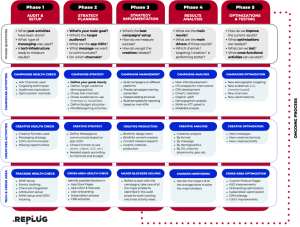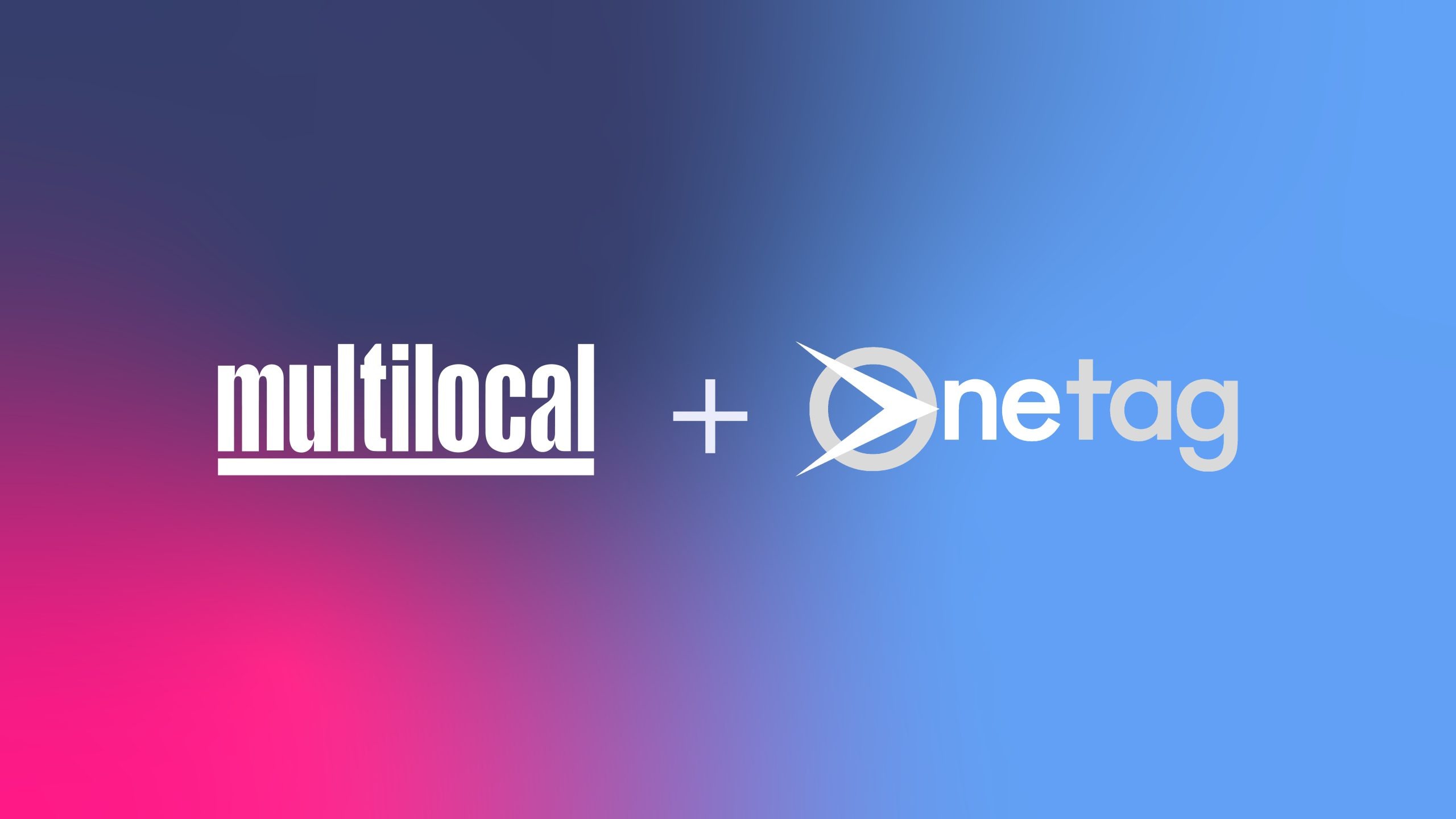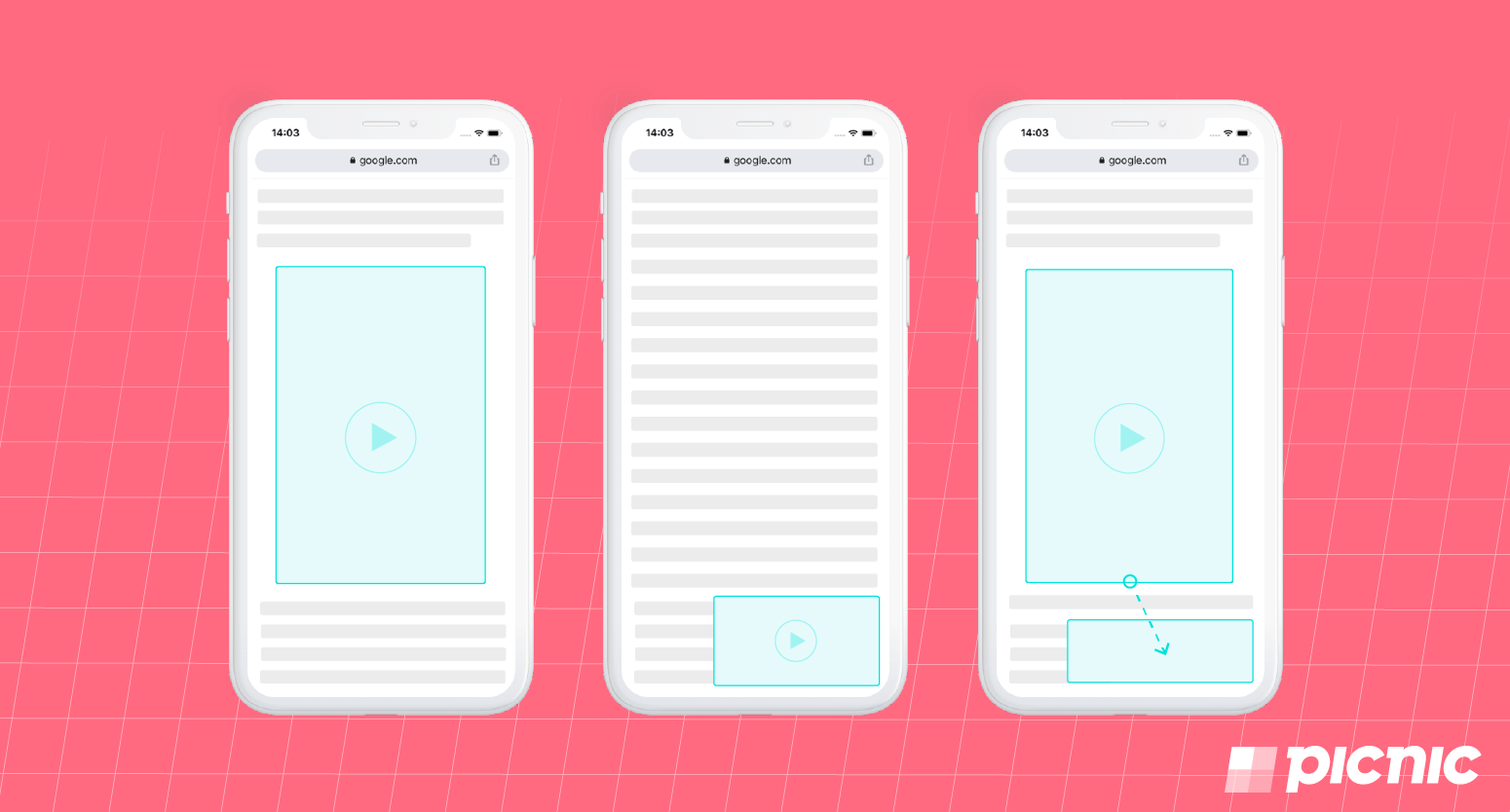5 Common App User Acquisition Mistakes and How to Avoid Them
- Monday, December 4th, 2023
- Share this article:
Lorenzo Rossi, Co-founder and Head of Growth at REPLUG, offers a 5-step guide on how to avoid common app user acquisition mistakes.

The pressure to acquire and retain users is ever-present. As the app industry continues to grow, app marketers often turn to paid user acquisition (UA) strategies to boost their app’s visibility and downloads.
However, navigating paid UA can be tricky, and marketers frequently make common mistakes that hinder their success. In this article, we will explore app marketers’ five common mistakes and how REPLUG’s innovative 5-step process eBook can help them avoid such mistakes.
Mistake 1: Setting Up the MMP Incorrectly
Tracking and attribution have consistently stood out as the crucial components, if not the most vital, in the app promotion. Without effective tracking, evaluating the efficiency of budget allocation becomes challenging, hindering the ability to scale efficiently.
Yet, numerous common marketing errors are tied to tracking and attribution. If you’re contemplating whether Firebase serves as a tracking tool, that marks a significant first misstep. Using Firebase will mess with your ability to track outcomes accurately.
Key Areas of Focus:
Before embarking on any campaign, ensure that your Mobile Measurement Partner (MMP) is appropriately configured concerning attribution windows, that all channels are linked to the MMP, and that the SKAdNetwork is prepared to monitor your primary events.
Mistake 2: Not Optimizing Ad Creatives
Many app marketers underestimate the power of compelling ad creatives in driving user acquisition. In the competitive world of mobile apps, an eye-catching and well-designed ad can make all the difference. When it comes to optimizing your ads, customization is one of the most important aspects: every channel, but also every audience, needs to be addressed with specific creatives.
Key Areas of Focus:
One of the areas REPLUG’s UA eBook covers is optimizing ad creatives to maximize their impact. Through A/B testing and data analysis, marketers can identify the most effective creatives for their target audience, leading to increased click-through rates and, ultimately, more downloads.
Mistake 3: Ignoring Targeting Opportunities
A common misconception post-iOS 14 is the belief that targeting is no longer possible. While privacy concerns and limitations make sending personalized ads to specific individuals harder, it’s crucial to recognize that effective targeting is still achievable with attention to detail.
Another frequent error in paid app marketing is tied to exclusions or limitations. It’s common to come across campaigns that target OS versions or devices incompatible with the app. Are you confident that your Android app is supported by a phone running Lollipop OS?
Key Areas of Focus:
Many advertisers, particularly in paid social channels, rely solely on broad targeting strategies, neglecting the potential of look-a-likes or interest-based targeting. While the efficiency of look-a-like audiences may have declined, there’s still potential for success if approached thoughtfully.
Again, this is where our eBook can help you find the proper retargeting chances for your goals.
Mistake 4: Overlooking App Store Optimization (ASO)
App Store Optimization is a critical aspect of any successful app marketing strategy, yet it’s a mistake that marketers frequently make. A well-optimized app store listing can significantly improve visibility and organic downloads but, most importantly, can boost conversion rates of your acquisition campaigns, hence reducing the final cost of acquisition.
A fundamental principle in our approach to app marketing, especially in paid user acquisition, is the holistic perspective mentioned in our Growth Rocket Model.
Key Areas of Focus:
App marketing extends beyond paid UA alone. It’s essential to recognize the interconnected nature of all aspects of app marketing (ASO, CRM, user onboarding, and more). In our eBook, you can understand the importance of combining paid UA with ASO.
Mistake 5: Looking at the Wrong KPIs
Recognizing the importance of monitoring the right KPIs is evident. Yet, the abundance of available data can sometimes lead to confusion. Common mistakes in paid app marketing may arise from the focus on inappropriate KPIs.
Key Areas of Focus:
Each stage of the funnel requires specific KPIs for oversight. While CPM, CTR, and Install Rate are crucial for evaluating creative performance, many other KPIs exist to bear in mind.
Including quality and financial metrics like LTV and ROI is vital to measuring the profitability of your app marketing campaigns and overall business.
REPLUG’s 5-Step Process to Mastering Paid UA
We should start using a systematic approach that will allow us to identify challenges and opportunities. At REPLUG, we’ve focused most of our projects across different areas on precise processes and made an ultimate 5-step process to master paid UA.
Moreover, we call it Procework—because we see it as a combination of a Process and a Framework.
Our Paid UA Procework is made of five actionable, consecutive phases. It is split into vertical phases and horizontal activities, and all the activities are grouped by type of activity:
- Campaign-related tasks
- Creative-related tasks
- Activities involving tech/cross-area

Want to learn how to scale your paid UA efforts and use our 5-step framework? Download our newest ebook today.
Conclusion
REPLUG’s 5-step process offers a comprehensive and strategic approach to help marketers successfully navigate the challenges of paid UA.
App marketers can strengthen their chances of acquiring quality users and achieving long-term app success by addressing retargeting, creative optimization, tracking, ASO, and continuous iteration.
We are here to help you if you need assistance from app marketing experts. Contact us today and see how we can help you scale app marketing efforts.















